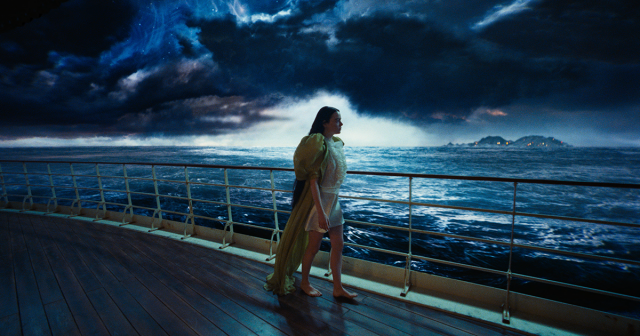
TL;DR
- DP Cristina Dunlap talks about the critically acclaimed satire “American Fiction,” from the logistics of shooting a feature film in less than 30 days to working with first-time feature director Cord Jefferson.
- Dunlap turned the tight shoot schedule into a signature style for the film by using longer Steadicam shots to generate coverage in a jazzy musical manner that suited the central character’s middle class affectation.
- The film was shot on the ARRI Alexa Mini LF paired with Tribe7 Blackwing lenses in a widescreen 2.35 aspect ratio.
- Dunlap created a custom LUT that aligned with her visual concept for the film in collaboration with Phil Beckner at PhotoKem, which was then fine tuned on set with DIT Mattie Hamer.
The pivotal scene in terms of narrative in the film American Fiction is when disgruntled academic Monk (Jeffrey Wright) sits down to write a book that is deliberately far removed from his own reality.
It’s also when the film “suddenly kind of takes a left turn into surrealism that hadn’t been in the film before,” says director of photography Cristina Dunlap. Speaking to Patrick O’Sullivan on the Wandering DP podcast, she says, “So a lot of what I built the world around was that scene. It was how far are we going to push the surrealism because it comes back again at the end of the film. It’s a satire but it’s also a really grounded family drama as well. It’s a really moving story at times. And also funny. And then there’s the surrealist element. So it was kind of trying to find what the tone was going to be and how to weave that throughout the entire film without it feeling like a bunch of different movies mashed together.”
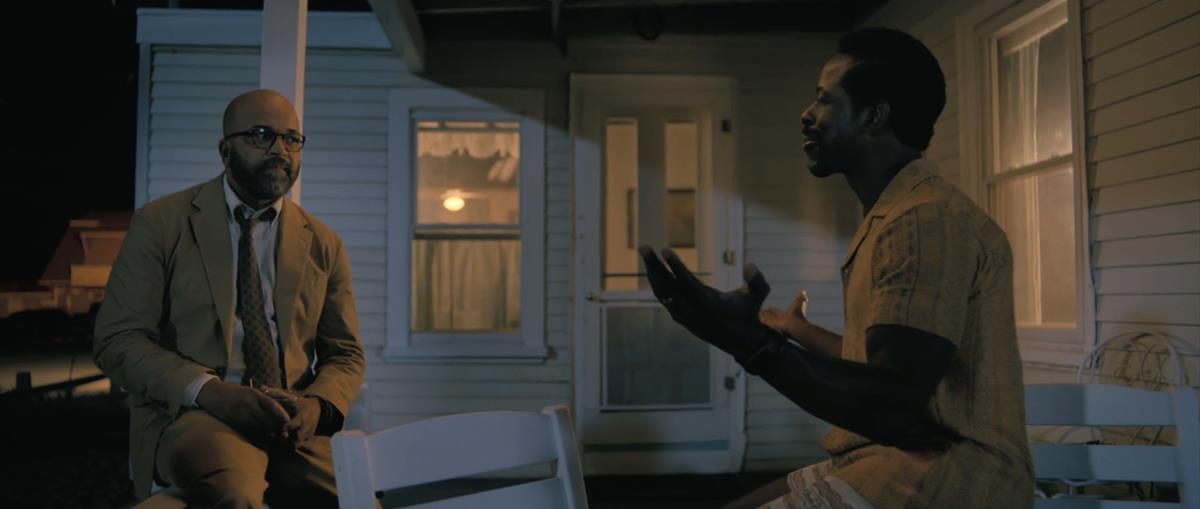
Cord Jefferson’s adaptation of Percival Everett’s novel Erasure has been nominated for an Oscar in five categories, including Best Picture and Best Actor, having previously won the People’s Choice Award at Toronto International Film Festival, two Golden Globe nominations, and five nominations at the 29th Critics Choice Awards, including Best Picture.
It is Jefferson’s feature directorial debut so Dunlap came prepared with a look book and suggestions, taking care not to overwhelm or steer him in the wrong direction.

“I want to hear what you’re thinking,” she told him, as she relates in an interview with fellow DP Lawrence Sher, ASC for the ShotDeck: Shot Talk podcast. “We talked a lot about different references and movies, and because it’s so subjective, what a funny shot looks like just to really get on the same page. Cord was such an open book, he asked a lot of questions. Like, why does that look funnier than being a long lens? I was able to pull up different shots from different movies and sort of show him what I meant.”
The central character’s nickname, Thelonious “Monk,” gave Dunlap a clue as to the style of camerawork, but her decision to use extensive Steadicam was also a practical response to a tight 26-day shooting schedule that included a ton of locations and scenes with many cast members that would usually require extensive coverage.
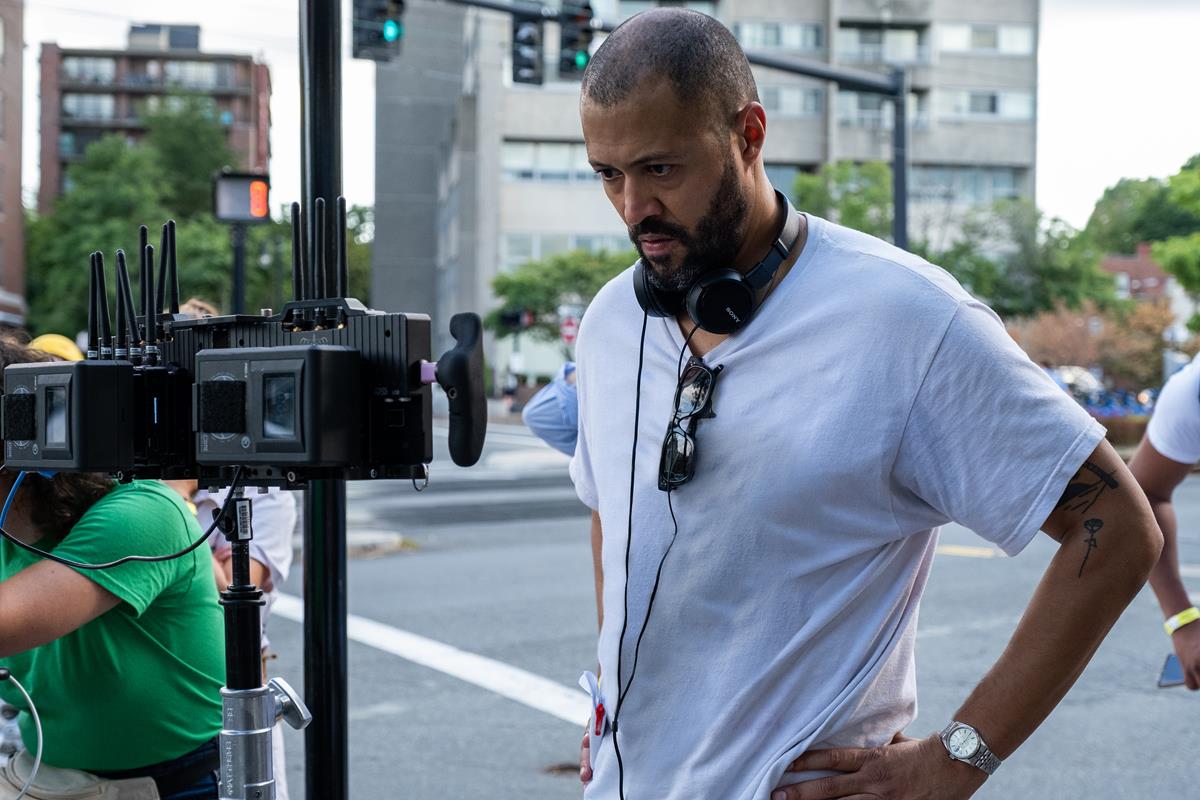
“I knew we didn’t have time to cover everybody, the way you might with a longer schedule,” she told the Frame & Reference podcast. “So we orchestrated these shots [with Steadicam Xavier Thompson] that were pretty Steadicam heavy, where you’re flowing from one room into another room and coverage rotates around.
“Being that the main character’s name is Felonious Monk, we knew we wanted there to be this like rhythm and jazzyness to the way the camera was moving.”

She adds, “I didn’t want to shoot it like a comedy where you’re just an a wide and you see everything. I really tried to watch the rehearsals and then we’d have an idea of what we were going to do so that the camera was always flowing and moving through people and panning to reveal. Having that sort of slow is really important to us – it felt almost musical moving through everybody because there’s such a rhythm and that editing in the acting. And tonally it’s such an all over the place movie that I really wanted there to be some because consistency.”
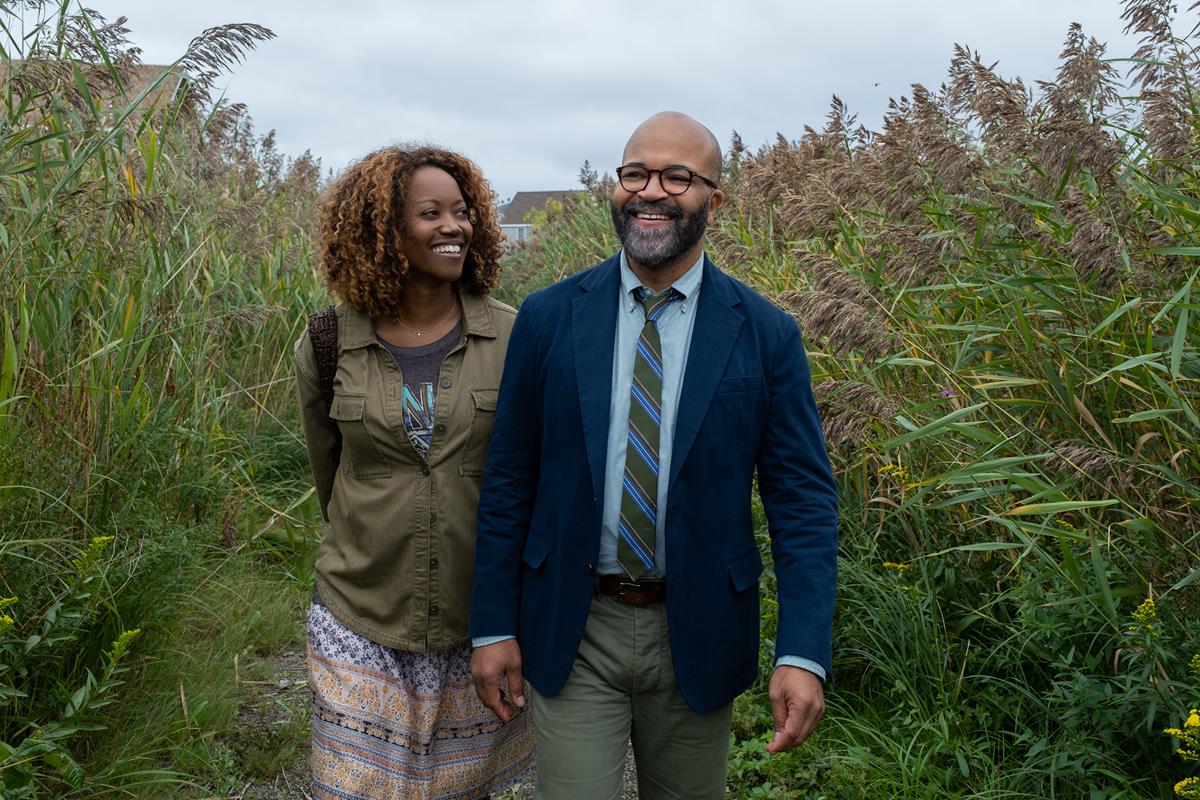
Elaborating on the style to Matt Mulcahey at Filmmaker Magazine, she said, “We never wanted it to feel chaotic or loose, because Monk is so composed and tightly wound. I wanted to always feel like there was a sense of control, except for in two moments, both times with his mother. She’s one of the only things that can make him actually lose composure and show his internal world to the outside.”
Dunlap shot on the ARRI Alexa Mini LF paired with Tribe7 Blackwing lenses in a widescreen 2.35 aspect ratio. Collaborating with Phil Beckner at PhotoKem, she created a LUT that aligned with her visual concept, which was then fine tuned on set with her DIT, Mattie Hamer. In an interview for the ARRI website, she recounted the challenges of deciding on the film’s aspect ratio.
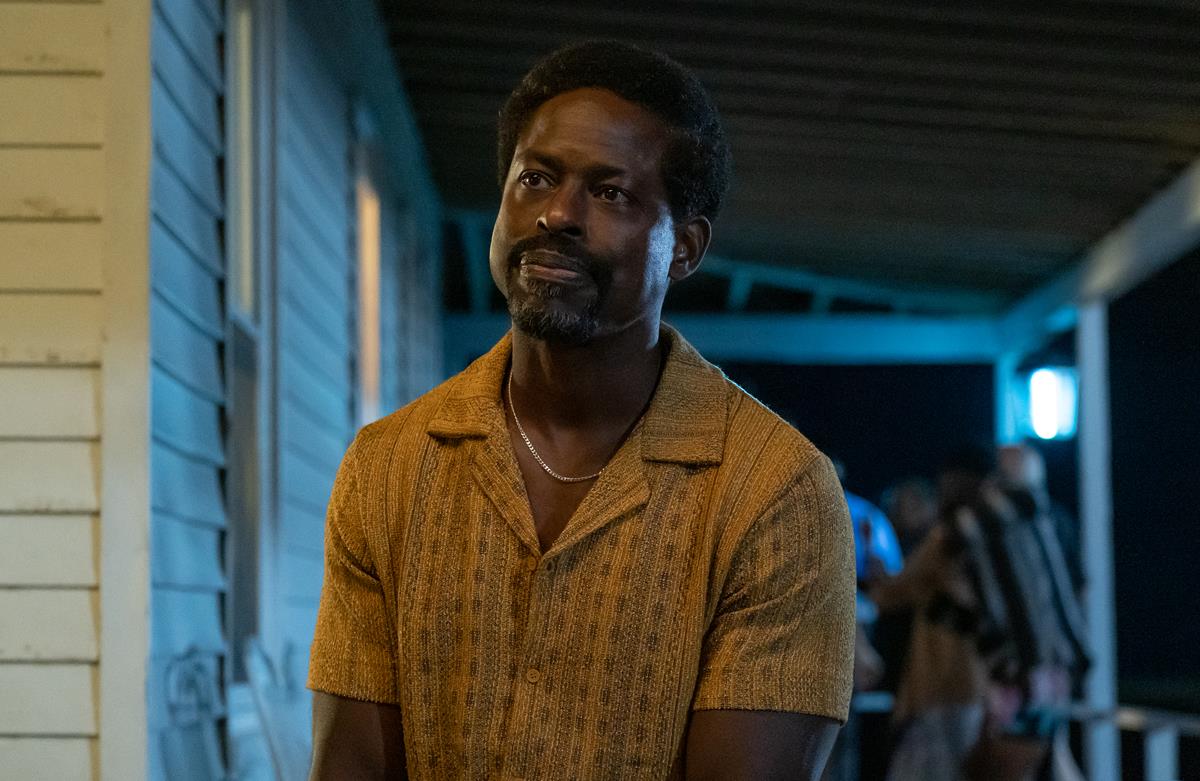
“Since all of our locations were practical, I realized that I was often seeing the ceilings if I was as wide as I wanted to be in order to highlight Monk’s isolation or distance from his family members. While the film is a comedy it’s also at its core a heartfelt family story and there’s a lot of emotion going on in Jeffrey’s face. Every twitch of an eyebrow has meaning, and you feel that. So, I wanted to be close to him while having that space which worked best in the 2:35 aspect ratio.”
Dunlap has been working as a DP for 20 years, starting out in music videos for the likes of Coldplay and Lizzo. It was a connection she developed on a music video set that led to her being one of a few cinematographers shortlisted to meet with Cord.
READ MORE: DP Cristina Dunlap’s journey from music videos to “American Fiction” (ARRI)
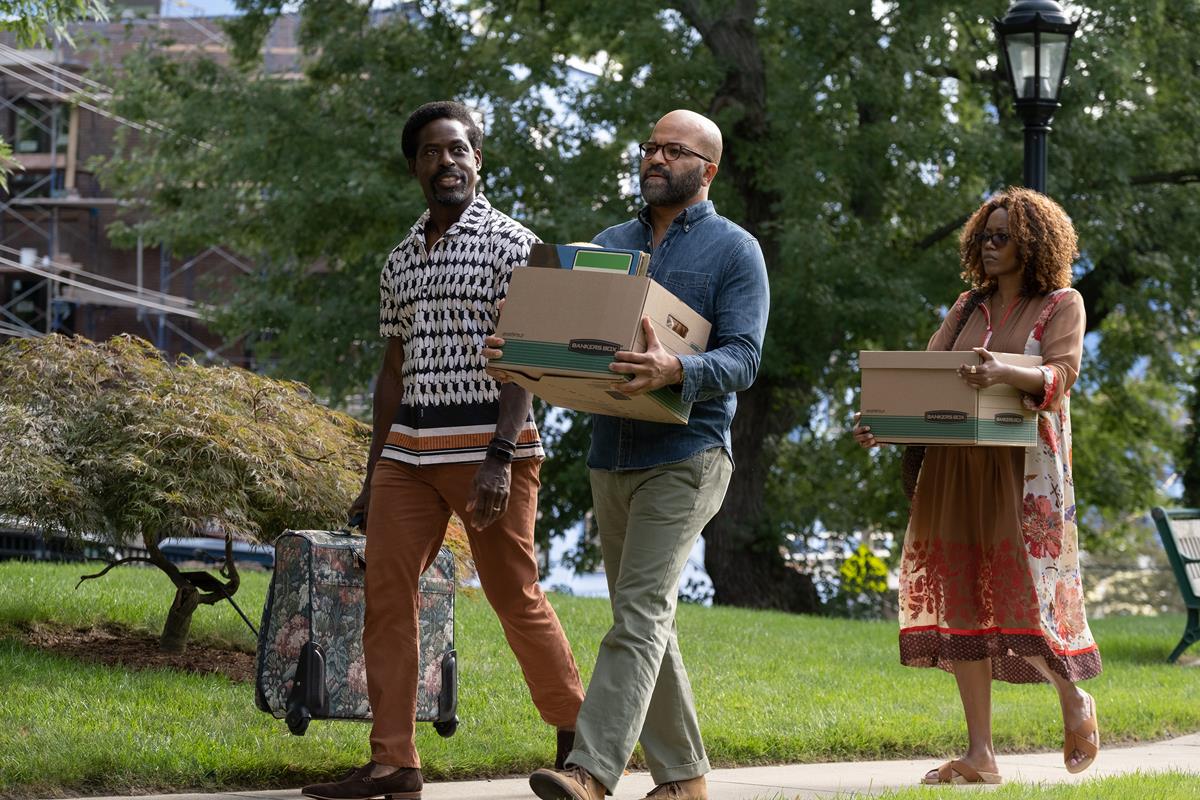
“It changed the course of my life, really,” she told Frame & Reference. “I mean I started young, and it taken me 20 years to get where I am now. I knew [Cord] was interviewing a lot of DPS and some with credits that were a lot more impressive than [mine] and I wasn’t sure I was gonna get it, but I think that that I was so passionate about the script that this came through.”
One of the references Jefferson gave his DP was a GIF featuring retired basketball player David Robinson at a game when an elderly white woman stands up in front of him and completely blocks him out of the shot.

“Cord told me how it’s a metaphor for the entire film,” Dunlap explained to Filmmaker Magazine. “I don’t know that he intended for us to use it visually, but when we were blocking the scene where Issa Rae [reads an excerpt from her character’s novel at the Massachusetts Festival of Books] it was absolutely the perfect moment to use that shot. It’s Jeffrey’s character watching everything he’s up against and everything he finds irksome about the book world unfold before his eyes, then a white woman stands up and completely obscures him and take over the frame with wild applause. I’ve never had a director give me a GIF as a reference before, but that shot ended up being one of the most talked about in the movie.”
READ MORE: “I’ve Never Had a Director Give Me a GIF as a Reference Before”: DP Cristina Dunlap on American Fiction (Filmmaker Magazine)



